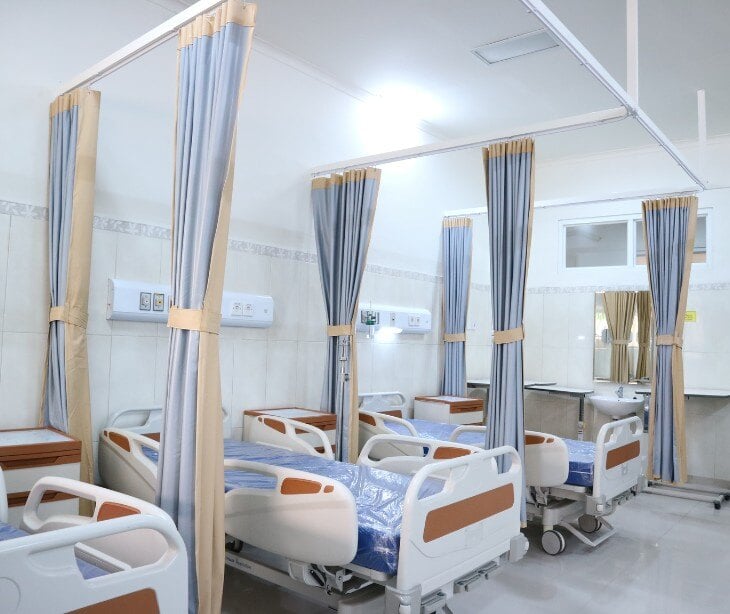%20-%202024-12-11T061903.789.jpg)
Over the past two years, healthcare employees have faced increased threats and assaults, further compounded by the stress and resource constraints of the COVID-19 pandemic. The SAVE Act is an effort to deter violence through federal criminal penalties for those who assault or intimidate hospital employees.
Understanding the SAVE Act
The SAVE Act or H.R. 2584 is an introduced and not yet enacted measure designed to address the escalation of violence and intimidation against healthcare workers. The bill introduces federal criminal penalties for individuals who knowingly assault or intimidate hospital personnel while they are performing their duties. Enhanced penalties apply in cases involving dangerous weapons, resulting injuries, or incidents during public emergencies.
A document by the American Association of Orthopaedic Surgeons notes it will “Authorize $25 million in grant funding over 10 years to reduce violence and intimidation in hospitals. Funds may be used for training, law enforcement coordination, and technology.”
The bill recognizes the broader economic implications of violence against hospital staff, noting the role hospitals play in interstate commerce and the national economy. Federal involvement is justified because healthcare facilities and personnel are necessary for economic stability.
The reality of healthcare worker safety
Healthcare workers are tasked with the well-being of others, often leaving them exposed to workplace violence at alarming rates. A study published in PLoS One notes, “Violence is responsible for more than 1.6 million deaths and millions of injuries each year, resulting in physical, sexual, reproductive, and mental health problems.”
Violence in these instances comes from a combination of systemic and situational factors like high-stress environments, inadequate security, long wait times, and mental health or substance abuse issues. The results of this violence include, “...productivity drops, turnover increases, absenteeism increases, consulting costs increase, and staff morale decreases.”
Using communication to assist in employee safety protocols
Clear communication channels allow healthcare workers to report incidents and access support mechanisms in real time, enabling early intervention and mitigation. HIPAA compliant email is an effective medium for improving communication and supporting healthcare workers. It provides a structured platform that ensures messages are documented and can be reviewed.
This documentation is useful for reporting workplace violence or intimidation, too. As a two-way form of communication, it can also assist in disseminating resources and providing updates on policies.
Related: Top 12 HIPAA compliant email services
FAQs
How is a bill passed into law?
Once a bill is passed by both the House and Senate it is sent to the President who vetoes or signs it into law.
Why should HIPAA compliant email be used even for internal communications?
Data breaches and insider threats are ever-present. This makes the consistent use of HIPAA compliant email platforms like Paubox necessary for even internal communications.
When is text messaging the best method of communicating in healthcare organizations?
Text messaging is best used for sharing time-sensitive, nonsensitive information.


%20-%202024-11-10T093839.055.jpg)

